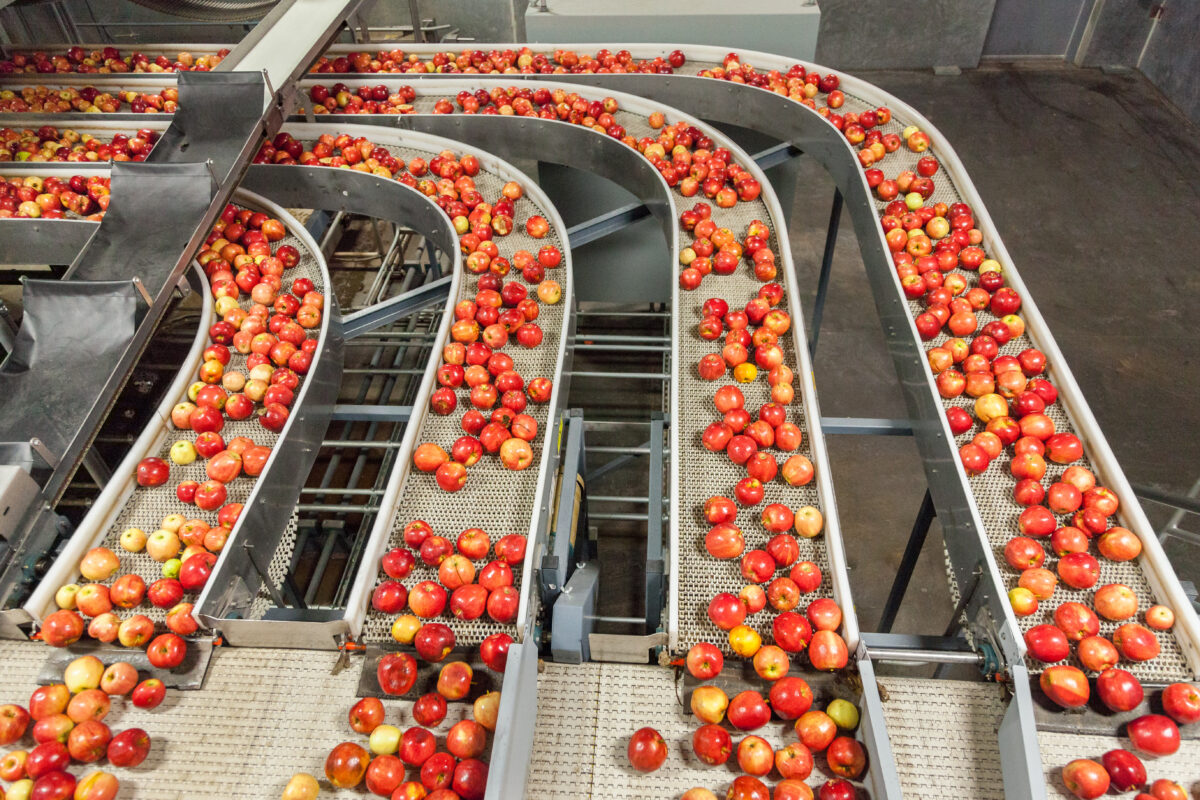Securing A USDA B&I Loan: A Guide to Understanding Third Party Reports with North Avenue Capital.
Obtaining a USDA B&I Loan, or any loan that falls under the USDA Rural Development Program requires a series of reports which fit into the final application to submit for USDA approval. These reports fall under the title of: Third Party Reports. At North Avenue Capital, we are committed to helping our potential borrowers find reputable sources and contacts to provide the best business choice to fit their industry and financial needs.
In this guide, we break down the different types of third-party reports every business owner and/or potential borrower should know about when applying for a USDA B&I Loan from North Avenue Capital.
TABLE OF CONTENTS
- Third Party Reports Defined
- Knowing the Different Types of Third Party Reports
- Appraisal Reports
- Environmental Reports
- Feasibility Studies
- Get in Touch with Us Today
Third Party Report Defined
When applying for a USDA B&I Loan, there are several steps that need to be taken during the underwriting process. One of those steps includes completing third-party reports which serve as a method of risk mitigation for the:
- Borrower
- Lender
- USDA
It’s important to note that third-party reports are non-negotiable as they are required by the USDA. They take place outside both the lender and borrower and are paid for by the borrower.
Knowing the Different Types of Third Party Reports
There are three main types of third-party reports that must be completed to qualify for a USDA B&I Loan from North Avenue Capital. These include:
- Appraisal Reports
- Environmental Reports
- Feasibility Study *Only for a new business/startup
Appraisal Reports
Appraisals assess the value of the real estate, real estate improvements, and machinery & equipment (M&E) the borrower has. The collateral (real estate, real estate improvements, and/or M&E) is then discounted by the lender (real estate – 20% and M&E – 40%-60%) and determines the loan amount NAC can lend per USDA regulations. These reports typically take between three and five weeks to complete.
There are two types of commercial real estate appraisal reports. They can include:
1 “As Is” Appraisals – This report assesses already existing projects. Factors can include:
- Existing buildings/property
- FF&E (Furniture, Fixtures, and Equipment)
- Value indicated by recent sales of comparable properties in the market
- Value that the property’s net earning power will support
2 “As Built” Appraisals – In this report, construction bids, drawing/plans, material costs, etc. are collected, and the appraiser determines the as-built value of the real estate improvements. The lender (NAC) can then lend depending on the as-built value. Project examples include:
- Construction of a hotel
- Construction of a manufacturing facility
- Improvements to an office building
Machinery & Equipment Appraisal Reports
M&E appraisals take a look at the current market conditions and assess the condition and remaining useful life of each piece of equipment which determines the overall value. Which in turn, will determine the total amount of collateral coverage the M&E provides towards the loan.
Asset classes can include:
- Vehicles
- Manufacturing equipment
- Industrial engineering equipment
Phase I Environmental Site Assessment & Environmental Reports
The USDA Rural Development Program’s main goal is to save and create jobs in rural areas of the U.S. They also stand on the belief that in doing so, they want to make sure they protect the ground on which these jobs sit.
Phase I environmental assessments (Phase I ESAs) determine if past or present property uses have contaminated groundwater or soil below the real estate that creates a risk to the environment and/or human health. If it is determined there is a risk, Phase II must be ordered to determine the full scope of the contamination. These reports can take between two and three weeks and longer if Phase II must be ordered.
Environmental reports (ER) reflect the historic nature of the property and its history. ERs are only required for construction projects. These reports can take anywhere from 90 to 120 days to complete and can include:
- Tribal reviews – Exist to verify there is no Native American heritage connected to your land.
- Historic preservation Studies – Evaluates if there is anything of historical significance in the proximity to your site
- Archaeological Studies
- Endangered Species Studies
Feasibility Studies – Only Required for New Business/Startups
Feasibility Studies, only required for new businesses and startups, take a look at the feasible nature of your business through varying data analytics. They are completed by an outside third-party firm and typically take up to four weeks to complete. The goal of this study is to complete the market research, in and around your firm, to determine if the community and target market are correct and ready for a business, such as the one coming to the town. Factors that are assessed include:
-
- Managerial team
- Technical resources
- Market outlook
- Economic outlook
- Financial outlook
- Historical records
- Financial statements
Get in Touch with North Avenue Capital Today
North Avenue Capital not only encourages but recommends business owners interested in USDA rural financing to connect with an NAC loan specialist before beginning the process of completing third-party reports. Why? NAC is on the side of a borrower to effectively and efficiently find an appraisal firm or reporting firm to meet the needs of specific industries. NAC is ready to help you learn more about how to fund your next project today! To get in touch today, we encourage you to fill out the attached form HERE.


